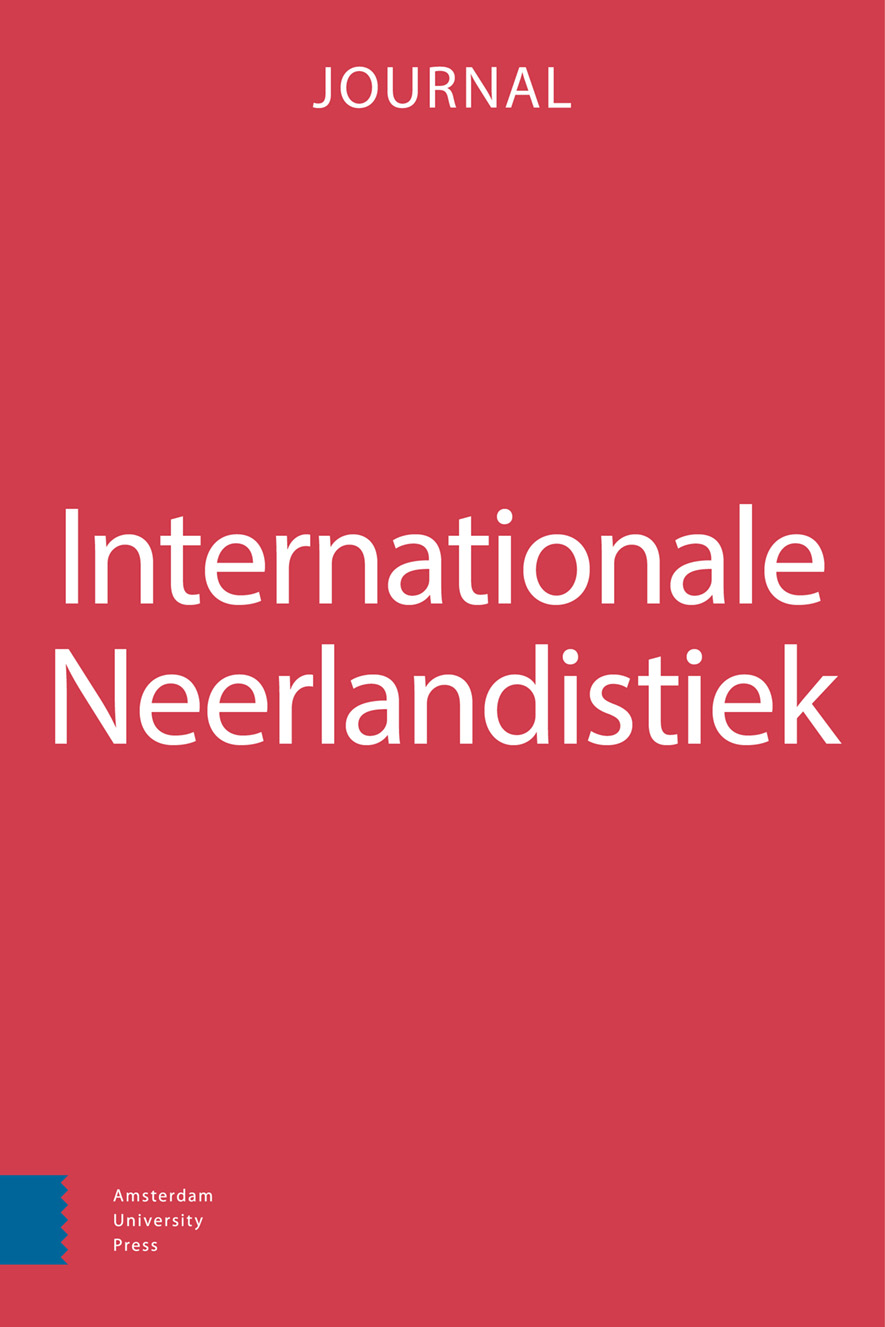-
oa ‘Een hele grootse, royale, katholieke film’
Karakter (1997) en de mythe van het calvinisme
- Amsterdam University Press
- Source: Internationale Neerlandistiek, Volume 61, Issue 3, Dec 2023, p. 265 - 289
-
- 01 Dec 2023
Abstract
Mike van Diem’s Character (1997) is one of the few Dutch films that has received high international praise. The film won an Oscar in the category Best Foreign Language Film in 1998, at the most-watched Academy Awards of all time. This article demonstrates that the film’s reception abroad fundamentally differed from its reception in Dutch media. In the Netherlands, critics and journalists focused on the question of author fidelity, the film being an adaptation of a famous Dutch novel written by Ferdinand Bordewijk. Character was repeatedly qualified as un-Dutchlike, because it applied a visual and narrative style that was akin to the Hollywood blockbuster. This article argues that the international appeal and success of Character surfaced specific notions and assumptions regarding author fidelity and national identity. The latter relates to the national self-image of the Netherlands as a Calvinist nation.


